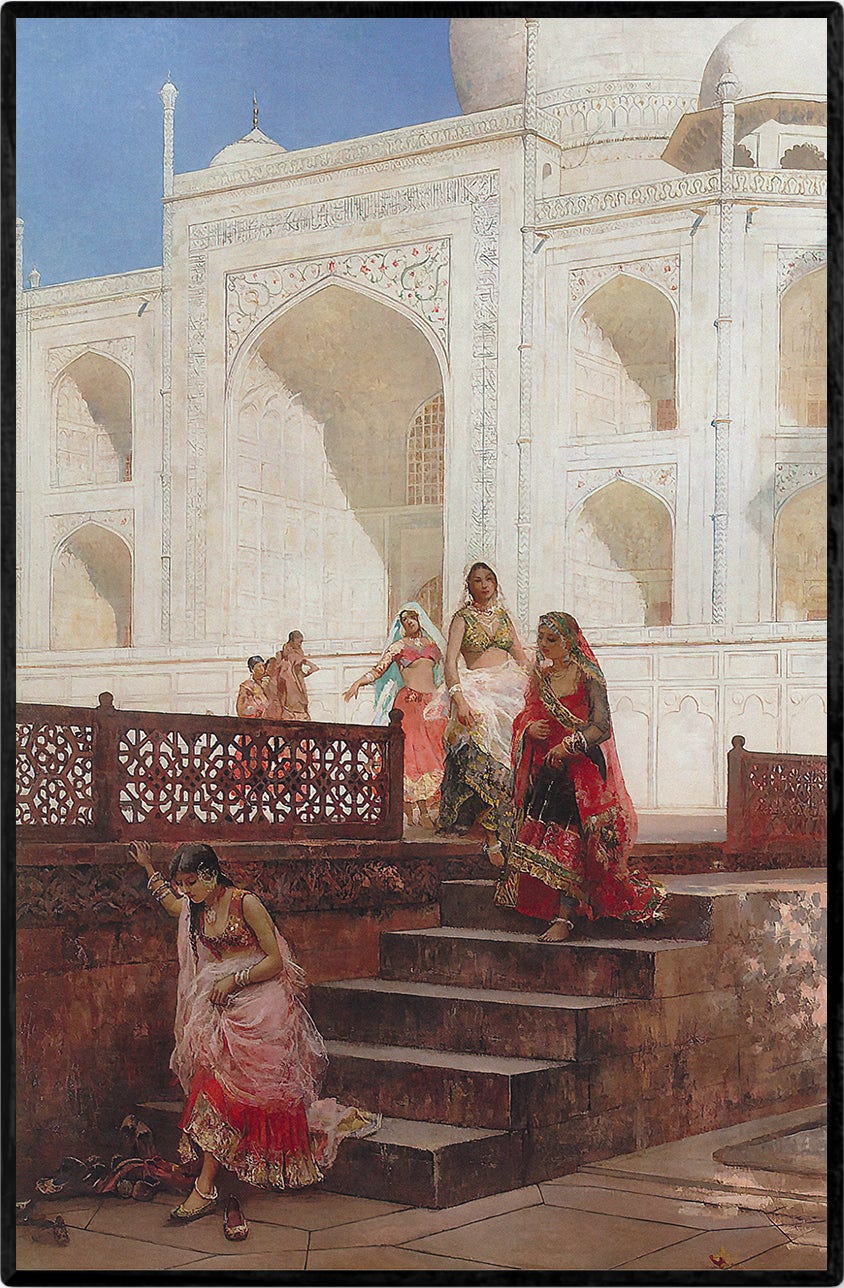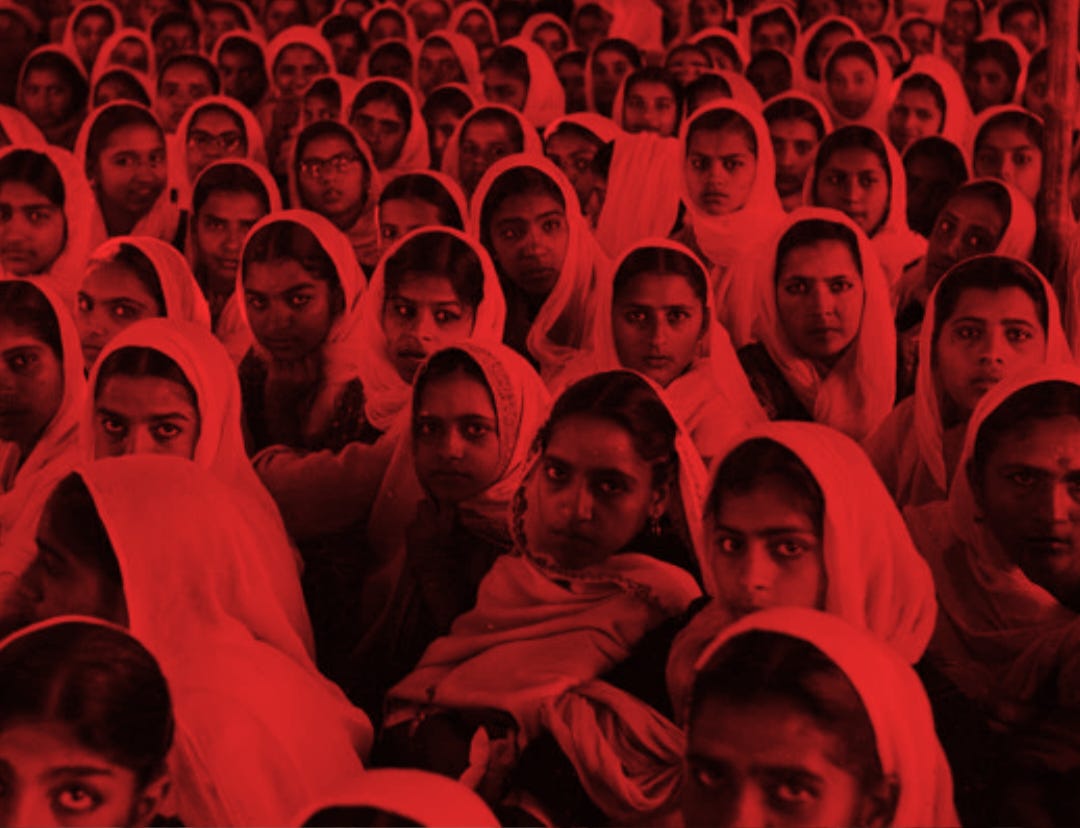Welcome to the Brown History Newsletter. If you’re enjoying this labor of love, please do consider becoming a paid subscriber. Your contribution would help pay the writers and illustrators and support this weekly publication. If you like to submit a writing piece, please send me a pitch by email at brownhistory1947@gmail.com.
Don’t forget to check out our SHOP and our Podcast.

Recommended:
The Body as Testimony: Partition, Patriarchy, and the Cry for Liberty
Whenever I see my nani’s wrinkled hands, I am reminded of the untold stories of the past—the wars, the resilience, the grief, and the burdens she has carried for so long. I can still sense the trauma—the tremors that emerge in fragmented bits, clouding her memories. They come from a lineage of women who endured unimaginable hardships, witnessing the devastation of their communities, their bodies, and the heart-wrenching loss of loved ones. They were once ordinary people living their lives, blissfully unaware that war would one day invade their reality.
I was watching an interview of author Arundhati Roy, in which she talks about the word "liberty" in the context of Noor Inayat Khan. Khan, a British-Indian spy who served Britain in France during WWII, was the daughter of an Indian Gujarati Sufi and an American mother. She joined British intelligence to work with the French Resistance as a radio operator. Tragically, she was later arrested, tortured, and eventually shot.
The reason Khan is often talked about is that, as the story goes, when she was being shot, her last word was "liberty." Of course, in what context she said that word and what it could mean was never known. Her story made me wonder about the meaning of the word "liberty" from the perspectives of countless women brutalized by war.
For many women, during the 1947 partition and the 1971 Liberation War, liberty became a much more complex and farfetched idea that was absent in their lived reality. Women’s bodies became battlegrounds for political vengeance and communal honor, and their agency was stripped away in the name of freedom for others.







